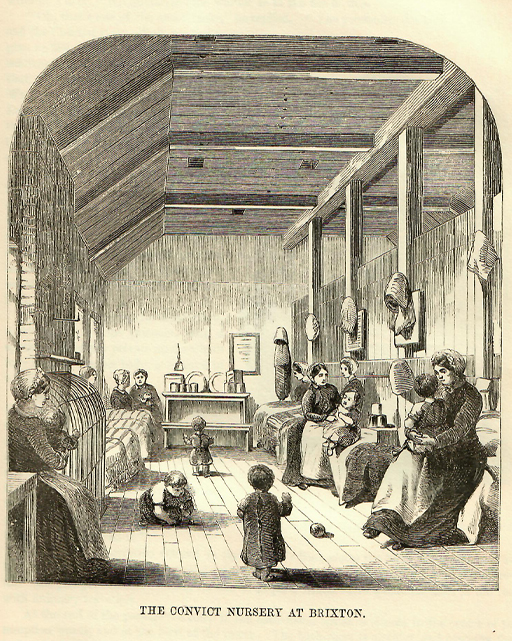7 Summary of Session 3

In this session, you have looked at what prisoners were taught in prison schools between 1823 and 1855. Curriculum expanded in many prisons during this period, perhaps in ways that surprised you. Yet most, if not all of it, was geared towards the development of religious knowledge. You also looked at forms of evidence which reveal prisoners’ perspectives on learning.
You should now have an understanding of:
- the ways in which prisoners’ experiences of education can be recovered and the challenges of interpreting what they mean
- what was taught in the prison school, how it was taught, and why it was taught
- the intentions of educators and how the methods they used to instruct prisoners affected the usefulness and value of the education received by individuals.
Deciding what should be taught and the best ways to learn have been matters of debate for centuries. For much of the 1800s learning was seen as a way of getting information into people’s heads. You might agree that some information is useful to memorise. For example, if you are asked to subtract any whole number from 10 it is likely that you can instantly give the answer. You don’t have to use a tool, such as your fingers or a calculator. However, this does not demonstrate that you know about mathematics.
The same is true of learning extracts of the Bible by heart, as prisoners were forced to do. This did not necessarily mean they understood the meaning of what they had memorised, or that this equipped them to read other texts and reflect on them. Sometimes reflection was not the intention, as instruction was used as a tool for discipline – to make prisoners docile (submissive).
Still, at least some prisoners recognised the value of the skills they learned and were able to make use of them, inside and outside the prison. Education could be transformational, in spite of the methods used and the conditions under which it was experienced. You will consider the results of prison education more broadly in Session 5. First, in Session 4, you will explore another form of education available inside the prison: the provision of books for self-instruction and the birth of the prison library.
You can now go to Session 4 [Tip: hold Ctrl and click a link to open it in a new tab. (Hide tip)] .
